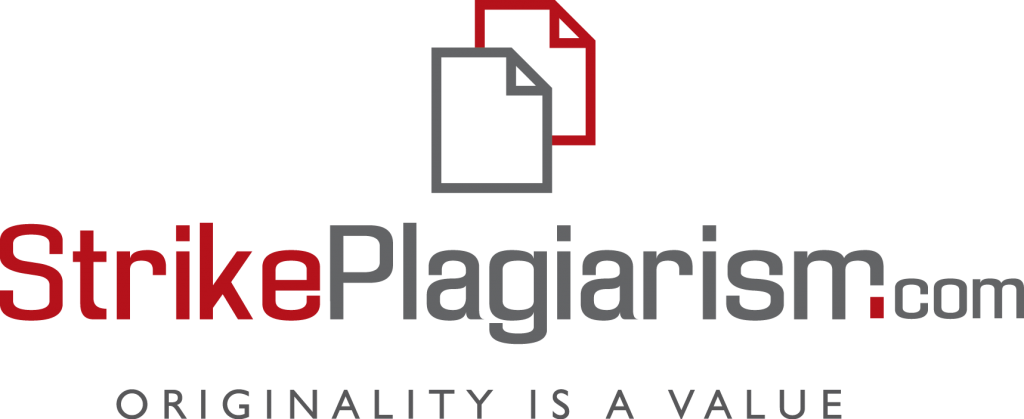ARTIFICIAL INTELLIGENCE FOR CONTROLLING THE OPERATIONAL EFFICIENCY OF METALLURGICAL ENTERPRISES: A REVIEW OF MODERN APPROACHES, TECHNOLOGIES, AND CHALLENGES
DOI:
https://doi.org/10.32782/3041-2080/2025-4-11Keywords:
Artificial Intelligence, Large Language Models, Metallurgical Industry, Operational Activity, Digital Twins, Predictive Maintenance, Quality Control, ManagementAbstract
This study is dedicated to examining the transformational potential of artificial intelligence (AI) and, in particular, large language models (LLMs) in controlling the operational efficiency of metallurgical enterprises. It examines contemporary approaches, advanced technologies, and key challenges associated with integrating AI into such critical areas as automated manufacturing process management, quality control, predictive maintenance, supply chain management, and workforce management. Based on a comprehensive literature analysis, this article elucidates how LLMs can enhance efficiency, accuracy, and adaptability within the metallurgical industry, and it also identifies gaps in existing research that warrant further investigation. The integration of AI and LLMs in the metallurgical industry faces complex challenges such as the specificity of industry data and terminology, the opacity of “black box” algorithms, insufficient adaptation of models to industrial conditions, high computational demands, and real-time issues. Additionally, there is a need for qualified personnel, cultural changes, and the development of service staff. A comprehensive approach for the successful implementation of AI technologies in the management of the operational activities of a metallurgical enterprise will include targeted research that takes into account practical, economic, and social aspects. The key directions are the development of physics-informed AI with the integration of metallurgical knowledge, the creation of hybrid systems combining LLMs with traditional methods, and the application of unsupervised learning to overcome data scarcity. The priority is to enhance the interpretability of models, integrate with Digital Twins for real-time monitoring, embed safety constraints through predictive control models, and fine-tune universal LLMs for metallurgical applications.
References
Digitalization in the Steel and Mining Industries: Overcoming Challenges by Comprehensive Technological Innovation to Enhance Sustainability. 2024. Nhat Anh Tran. URL: https://urn.fi/URN:NBN:fi:aalto-202405263585
Artificial Intelligence applications in traditional steel manufacturers. 2024. Nuojin Hao. URL: https://www.theseus.fi/handle/10024/873279
Doanh D. C., Dufek Z., Ejdys J., Ginevičius R., Korzynski P., Mazurek, G., Ziemba, E. Generative AI in the manufacturing process: theoretical considerations. Engineering Management in Production and Services. 2023. Vol. 15, No. 4. P. 76–89. DOI: https://doi.org/10.2478/emj-2023-0029
Li Y., Zhao H., Jiang H., Pan Y., Liu Z., Wu Z., Liu T. Large language models for manufacturing. arXiv preprint arXiv:2410.21418. 2024. DOI: https://doi.org/10.48550/arXiv.2410.21418
Waqar M., Bhatti I., Khan A. H. AI-powered automation: Revolutionizing industrial processes and enhancing operational efficiency. Revista de Inteligencia Artificial en Medicina. 2024. Vol. 15, No. 1. P. 1151–1175. URL: https://redcrevistas.com/index.php/Revista/article/view/285
de Oliveira Mendonça M., Pereira F. A. C., e Silva G. R. L., Alexandre D., Vieira G. Generative AI and Digital Twins: a win-win integration for maximum productivity in the steel industry. 26º Seminário de Automação e TI. São Paulo, Brasil, 2024. P. 502–511. DOI: http://doi.org/10.5151/2594-5335-41154
Gao R. X., Krüger J., Merklein M., Möhring H. C., Váncza, J. Artificial Intelligence in manufacturing: State of the art, perspectives, and future directions. CIRP Annals. 2024. Vol. 73, No. 2. P. 723–279. DOI: https://doi.org/10.1016/j.cirp.2024.04.101
Arvindan Badrinarayanan. AI in Manufacturing: Driving Operational Excellence. International Journal of Scientific Research in Computer Science, Engineering and Information Technology. 2024. Vol. 10, No. 6. P. 585–594. DOI: https://doi.org/10.32628/CSEIT24106199
Bin Akhtar Z. Artificial intelligence (AI) within manufacturing: An investigative exploration for opportunities, challenges, future directions. Metaverse. 2024. Vol. 5, No. 2. P. 2731. DOI: https://doi.org/10.54517/m.v5i2.2731
Lodhi S. K., Gill A. Y., Hussain I. AI-powered innovations in contemporary manufacturing procedures: An extensive analysis. International Journal of Multidisciplinary Sciences and Arts. 2024. Vol. 3, No. 4. P. 15–25. DOI: https://doi.org/10.47709/ijmdsa.v3i4.4616
Digital breakthrough in metallurgy: How Metinvest Digital is training machines to control metal quality // Metinvest Holding : [веб-сайт]. URL: https://www.metinvestholding.com/en/media/news/cifrovij-prorivu-metalurg-yak-metinvest-digital-navcha-mashini-kontrolyuvati-yakstj-metalu (дата звернення: 02.07.2025).
Horobet A., Tudor C. D., Dinca Z., Dumitrescu D. G., Stoica E. A. Artificial intelligence and smart manufacturing: An analysis of strategic and performance narratives. Amfiteatru Economic. 2024. Vol. 26, No. 66. P. 440–457. DOI: https://doi.org/10.24818/EA/2024/66/440
Downloads
Published
Issue
Section
License

This work is licensed under a Creative Commons Attribution-NonCommercial 4.0 International License.





